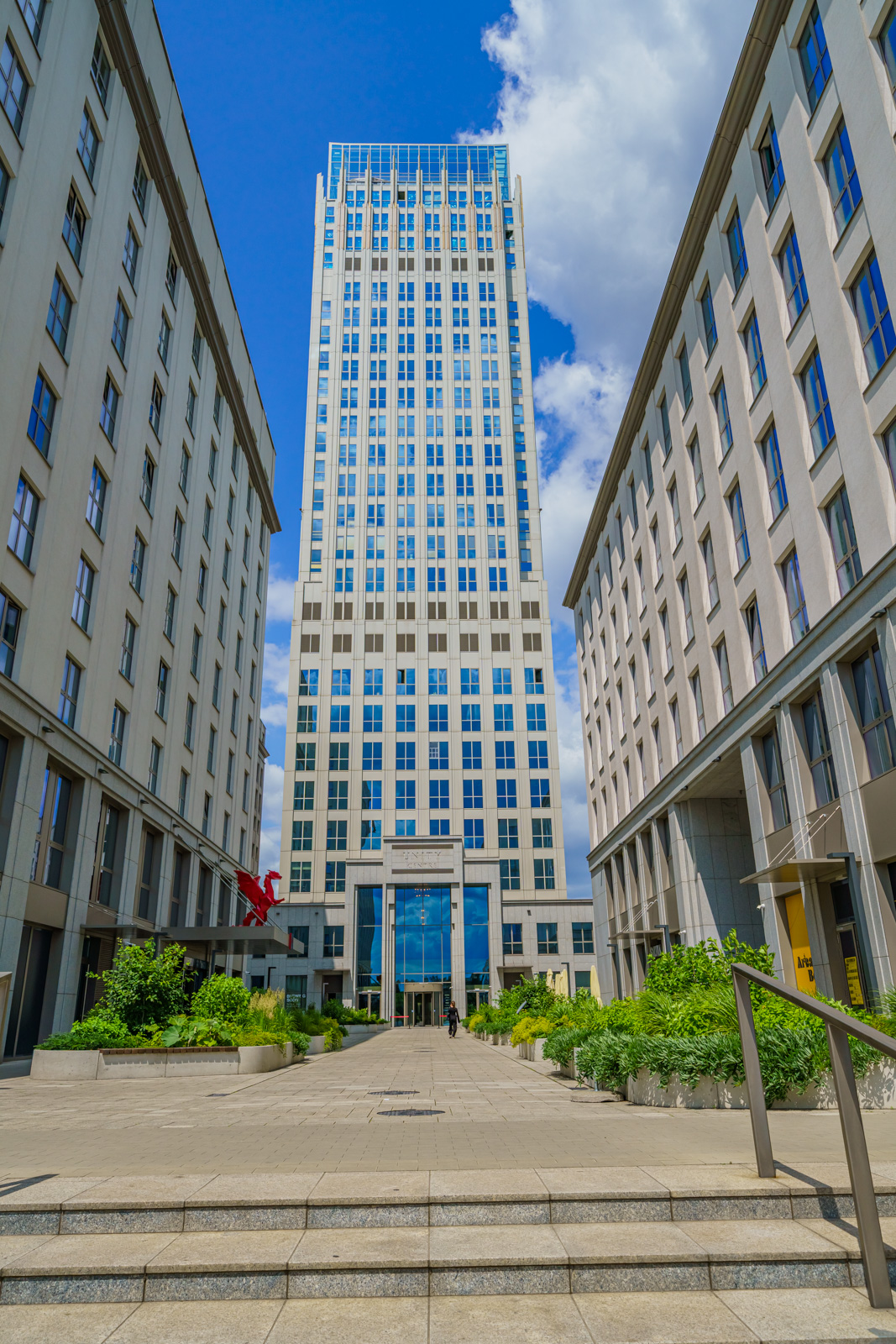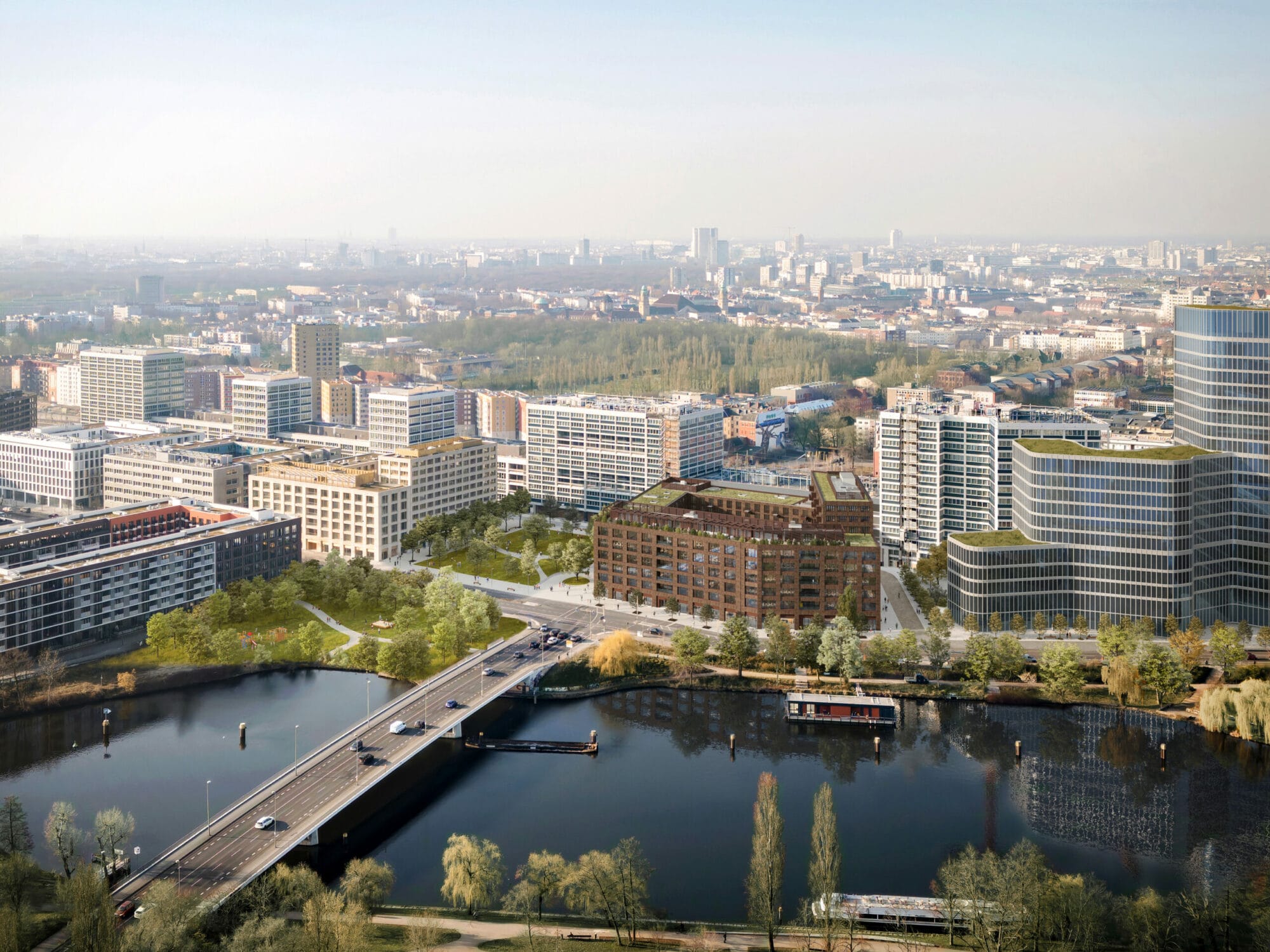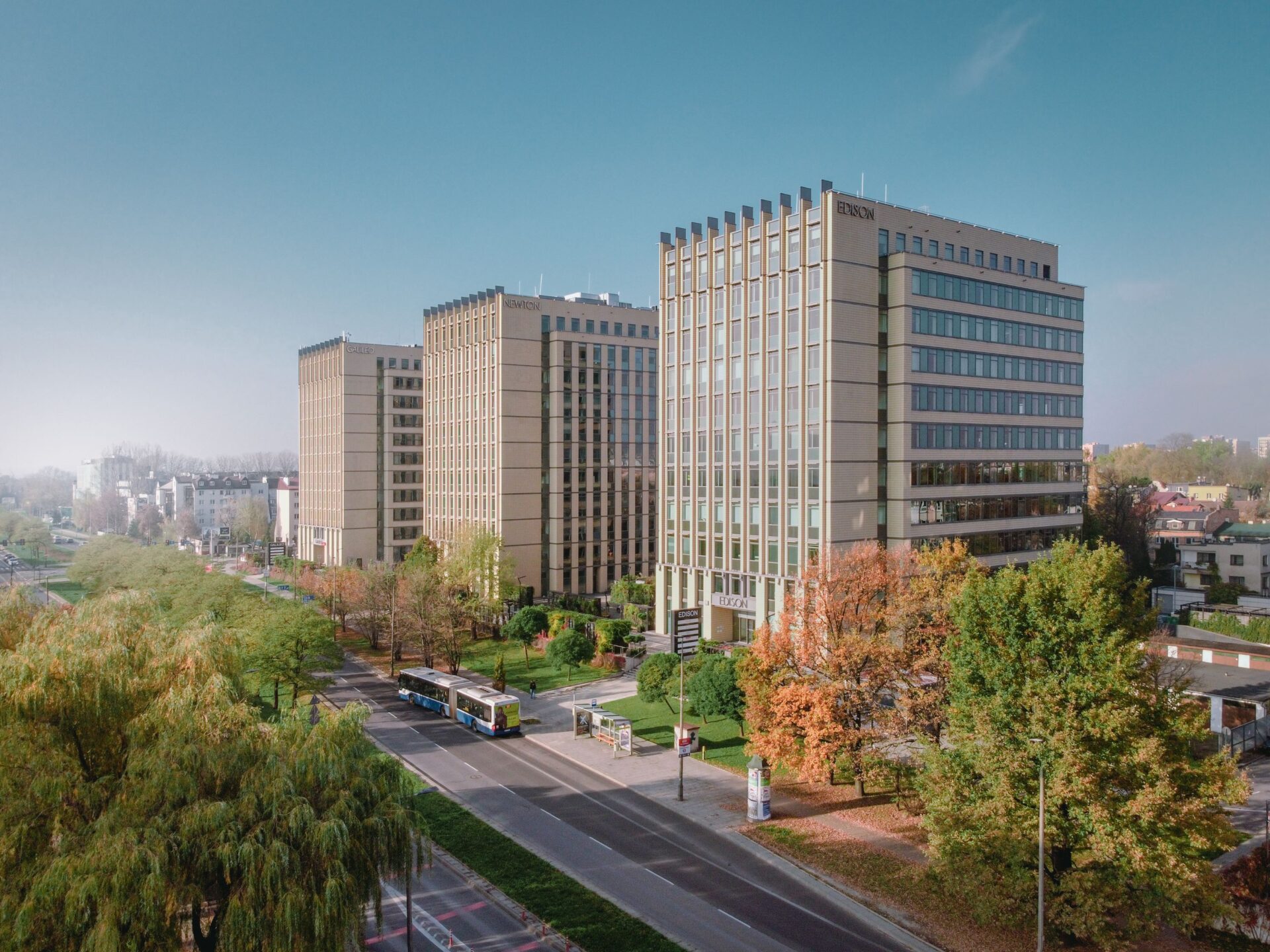Serbia, particularly Belgrade, is becoming an inevitable market for investors interested in this part of Europe. In our interview with Jelena Radulović, Director of iO Partners for the Balkan region, we investigate the full potential of these real estate markets, which are most attractive for investors in general.
How do you evaluate the commercial real estate market segment in Belgrade and Serbia?
I see it as a stable one with a potential for development in those segments that are not adequately or are undersupplied but have already reached their full potential in more developed Western European markets. A segment that is notably missing in our market is the sufficient stock of class B business assets which were not recognized as attractive enough by developers currently operating in our market.
In the office space market segment, there’s a significant trend toward the development of coworking spaces. The reasoning for this is that these spaces offer clients increased flexibility in terms of lease duration, flexible headcount, mobility and opportunity to focus on key business aspects. They are especially beneficial for creative industries, small companies, startups, and also for medium and large companies, especially the ones who are providing employees hybrid working options as the commuting times have increased in Belgrade over the last decade immensely. Overall, coworking emerges as a solution for optimizing business costs, evident in the opening of more than 13 large regional coworking centres in the Balkans this year.
Regarding rental prices in commercial buildings, they have maintained relative stability compared to last year. However, a notable increase of 30 percent occurred in service charge costs, primarily influenced by inflationary growth because of global inflation and increase in the worldwide commodities and energy challenges.
Which business centres are currently in focus when it comes to Belgrade?
Currently, in Belgrade, we have three office buildings that are in the final phases of construction at different city locations: Artklasa – the development in the Port of Belgrade, Brankov Business Center – a refurbishment project of a long-standing old socialist building, and BIGZ project – a reconstruction of a monument of culture done by a famous Yugoslav architect Dragiša Brašovan. These developments, although similar in use, make Belgrade seem like modern business centres found in cities like London, Prague, or Amsterdam. We see as noteworthy the shift in focus from the Central business district being solely concentrated in New Belgrade to continuous requests from office occupies to find other options throughout the city like Dedinje, Senjak and even Cukarica area. Other locations in the capital are now gaining significance and proving to be interesting and promising for both investors and tenants.
How do you see the development of the industrial market, which has been booming in the last few years?
Serbia has a strategically undiscovered position in this segment of real estate due to not being a member of the EU. Primarily because of the stimulating business environment, and I am referring to the competitive labour costs that make this market attractive for companies that want to optimize the cost of business operations and direct their resources towards development and innovation.
In the second place, I would like to point out the very positions of Belgrade and Novi Sad, which have a central place in this part of Europe. These two cities are also defined by the proximity of the Airport “Nikola Tesla”, which is a transportation and infrastructural hub that makes its environment suitable for industrial activities that require efficient logistics. This is confirmed by the industrial facilities of the BHM Group, then CTP industrial parks, as well as the newly built VGP industrial park in Dobanovci. We predict that the industrial segment will continue to grow as the most stable business line and we are putting strong efforts into the regional segment of the industrial and land sector, led by our colleague James Fitzgerald currently based in Prague.
Also, we are preparing for the globally large project of international importance and character EXPO 27, which will make Belgrade even more infrastructural and commercially developed and reiterate its strategic position amongst the other capital cities in the region.
What are the biggest trends when it comes to office space?
In addition to the growing trend of coworking spaces, a significant global shift in the domestic market involves increased investments by the real estate industry in implementing green initiatives. These initiatives aim to enhance energy efficiency, achieve climate neutrality, and foster social responsibility, in general incorporating ESG principles and postulates into business practices and operations. Locally, this often involves obtaining green certification for buildings. Furthermore, an observable trend is the increasing presence of commercial assets equipped with solar panels, green gardens on rooftops, and support for alternative modes of transport, contributing to the development of the local community. A noteworthy example is Project Artklasa, a unique project that places the community at the core of its operations. It introduces an innovative office space located in the city centre. Additionally, MPC Properties, a domestic developer, deserves special recognition as one of the pioneers in green building development within this market.







